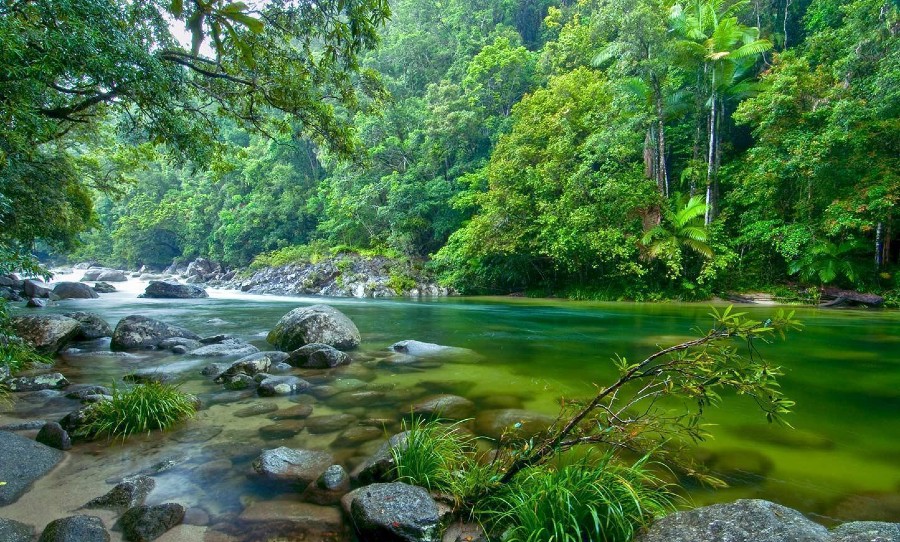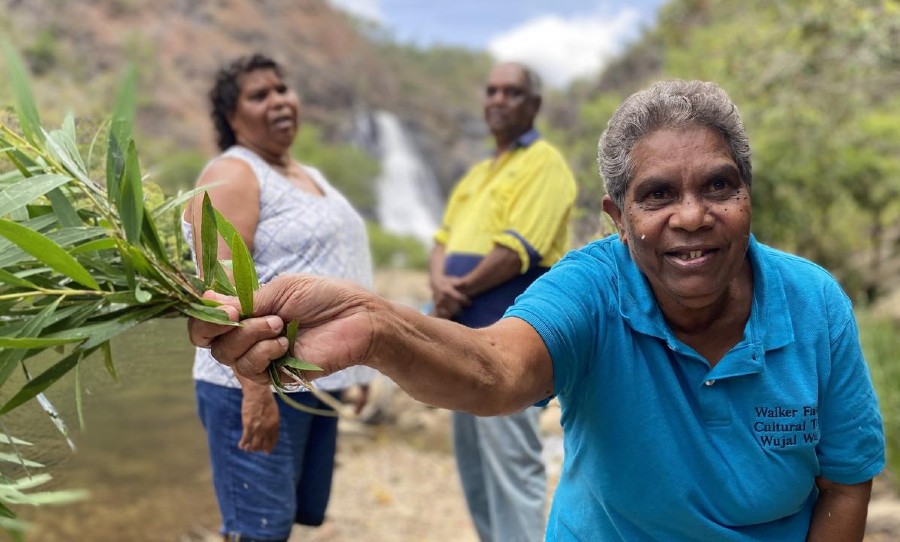Four national parks in Queensland, including the Daintree Rainforest, have been handed back to their rightful owners.
In a historic deal with the Queensland government, four national parks, including the Daintree Rainforest, have been returned to their original owners – the Eastern Kuku Yalanji people.
Negotiatior, Chrissy Grant, said that the Eastern Kuku Yalanji people hope to solely manage the forests and other wet tropics regions in the future.

The Daintree Rainforest is the world’s oldest tropical rainforest.
At 180 million-years-old, it is known for its ancient and rich ecosystem along with its natural beauty, which includes forest vistas, wild rivers, waterfalls, gorges and pristine white sandy beaches.
Before the full handover is achieved to the Kuku Yalanji people, more than 160,000 hectares of land in Far North Queensland, from the Daintree north of Port Douglas to south of Cooktown, will be jointly managed.
On September 29, during a special ceremony, the agreement was signed by Environment Minister, Meaghan Scanlon, Minister for Aboriginal and Torres Strait Islander Partnerships, Craig Crawford and representatives from the Eastern Kuku Yalanji People.
“The Eastern Kuku Yalanji people’s culture is one of the world’s oldest living cultures and this agreement recognises their right to own and manage their Country, to protect their culture and to share it with visitors as they become leaders in the tourism industry,” stated Ms Scanlon.
A new nature refuge will also be created in conjunction of the joint management of the Daintree, Ngalba-bulal (Cedar Bay), Kalkajaka (Black Mountain) and the Hope Islands National Parks (Cape York Peninsula Aboriginal Land).
Happy Monday from the beautiful #Daintree region! 🦋🌴🐞 #localgovqld 📷@teqld pic.twitter.com/aYLl0sjxXq
— Local Government Association of Queensland (@LGAQ) March 19, 2018
Ms Scanlon added that these national parks will protect Aboriginal cultural sites, ecosystems, wetlands and mangroves in the formation of the Wet Tropics World Heritage Area.
“Today’s hand-back marks the government returning more than 3.8 million hectares of land back to Traditional Owners on Cape York, with 2.3 million hectares to be jointly-managed by our rangers and the community,” she said.
Chrissy Grant, Kuku Yalanji committee member, confirmed that this deal is the culmination of four years of negotiations, and it has been a critical process to establish the framework for when they solely and wholly manage their land.
“On 29 September 2021, this significant historic event becomes legal and a reality for the Eastern Kuku Yalanji Bama to realise our vision for a more promising future for all our people,” Ms Grant said.
The Daintree region achieved the UNESCO World Heritage site listing in 1988, following a government endorsed campaign in Canberra to fight logging and agricultural clearing.

UNESCO outlines the inherent importance of the site as Australia’s largest portion of land that has continuously persisted as a rainforest. It’s rich and unique biodiversity features more than 3,000 native plant species, 107 mammals, 368 bird and 113 reptile species.
“Its living flora, with the highest concentration of primitive, archaic and relict taxa known, is the closest modern-day counterpart for Gondwanan forests,” the UN body stated.
On the land return to Traditional (and rightful) Owners of the Daintree region, Ms Grant stated:
“I want to thank the TONC members, Jabalbina Yalanji Aboriginal Corporation, and particularly our legal advisers who fought for the best that we could get through some trying times as well as having to deal with keeping everyone safe from the COVID pandemic.”
Scrub Pythons (Simalia kinghorni) in the treetops on a very rainy day along the Daintree River today. The sheer density of wildlife in this region is just staggering. pic.twitter.com/dg0JCIX72E
— Max Tibby (@MaxTibby) April 20, 2021
In Far North Queensland on the Cape York Peninsula, there are now 32 Aboriginal-owned and jointly managed national parks.



